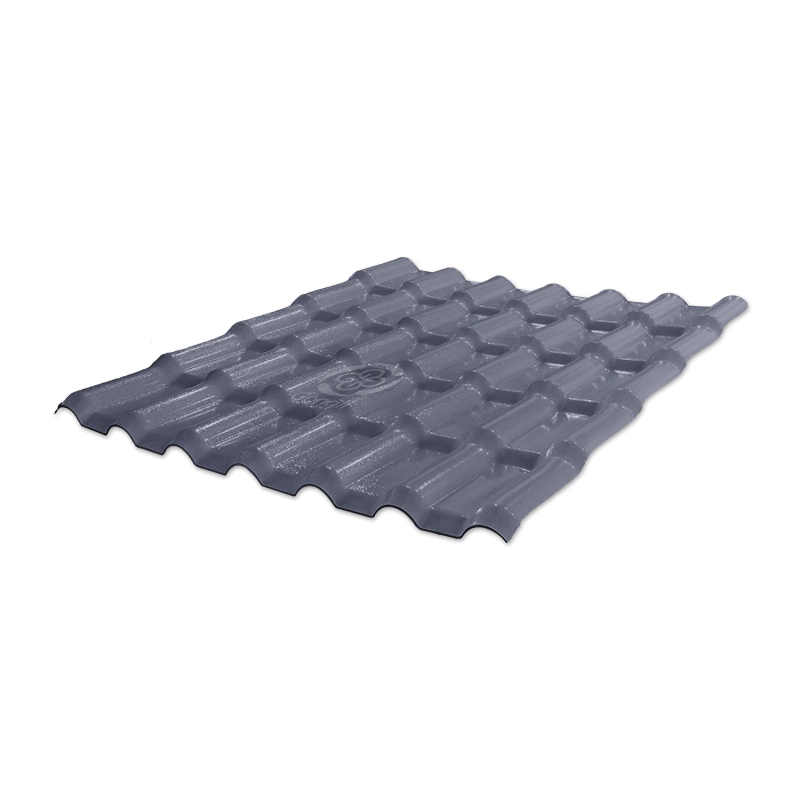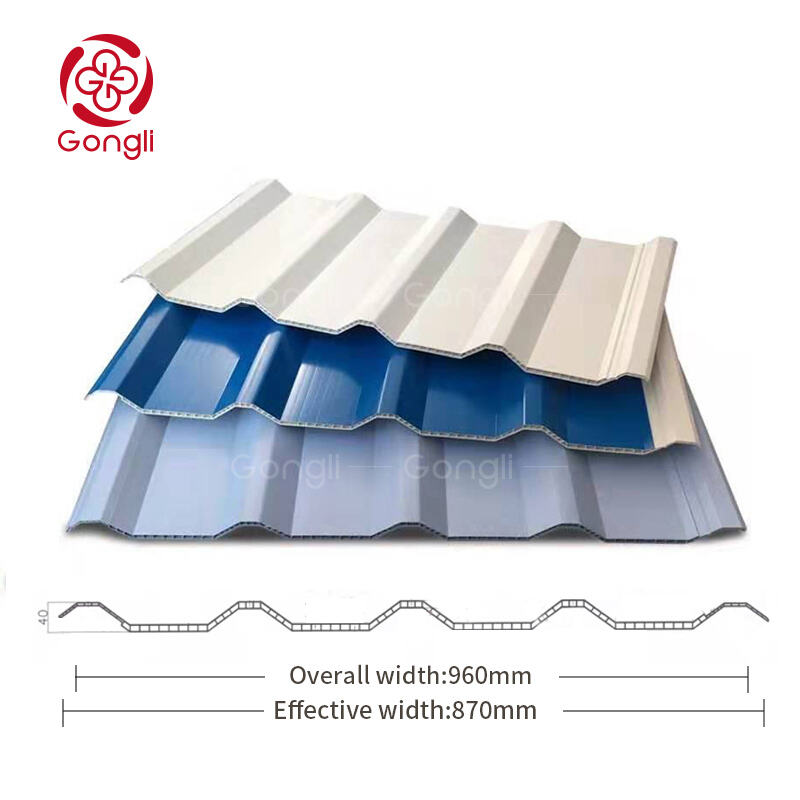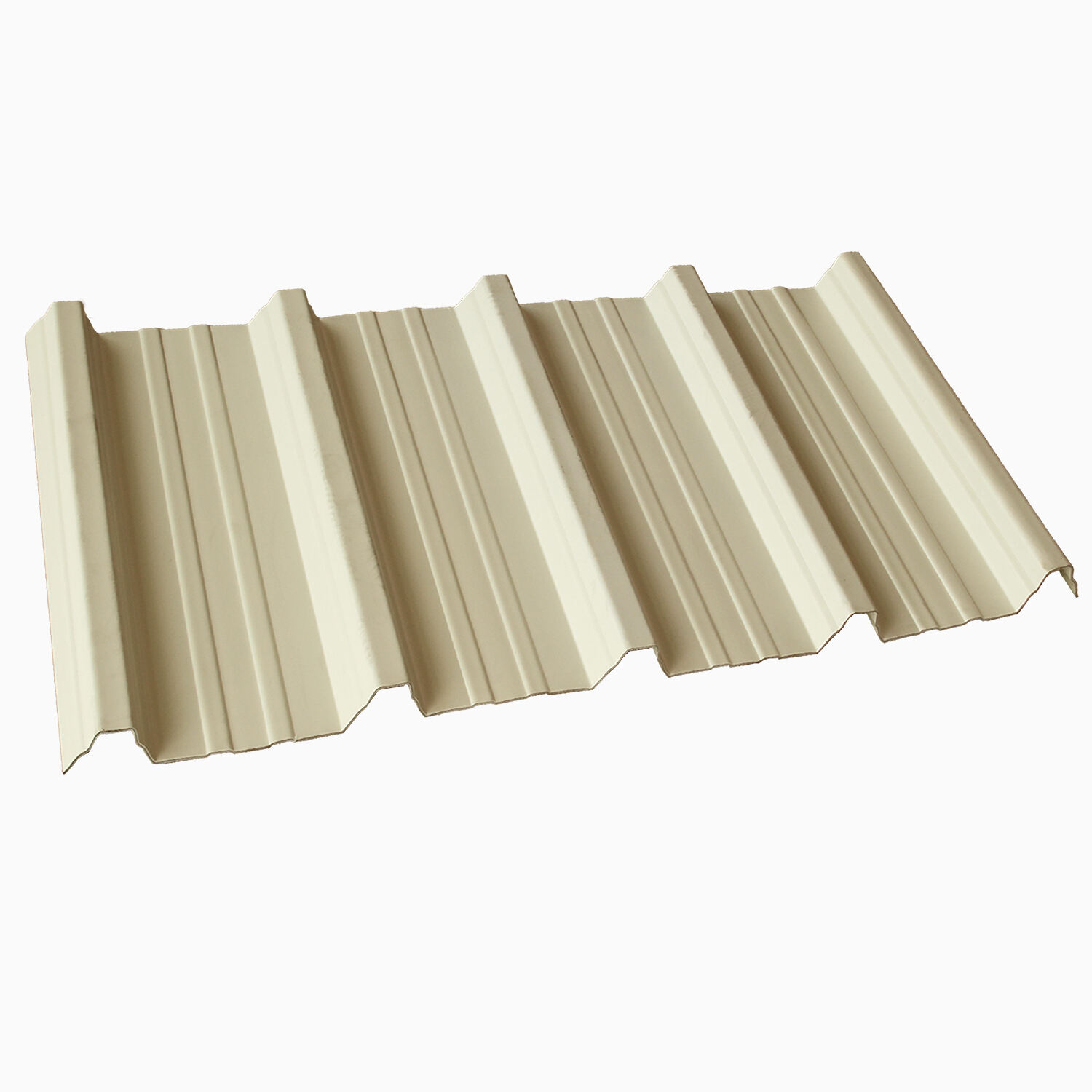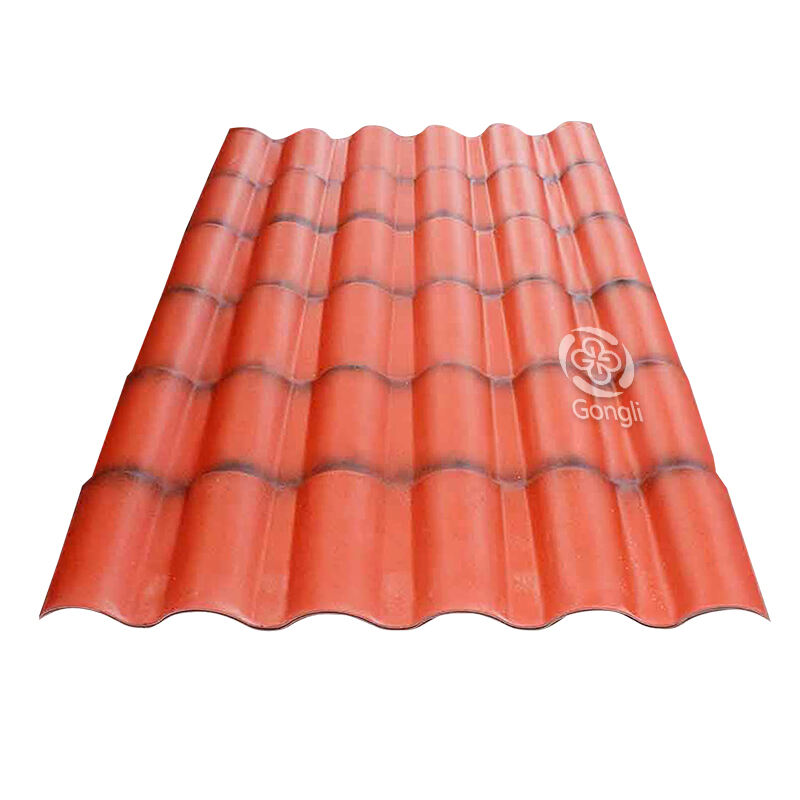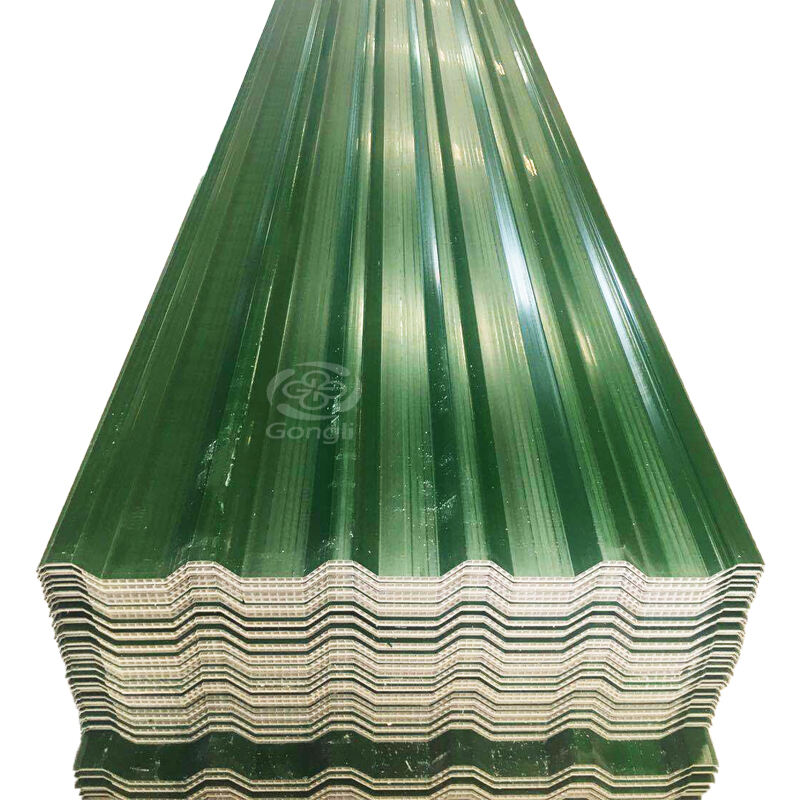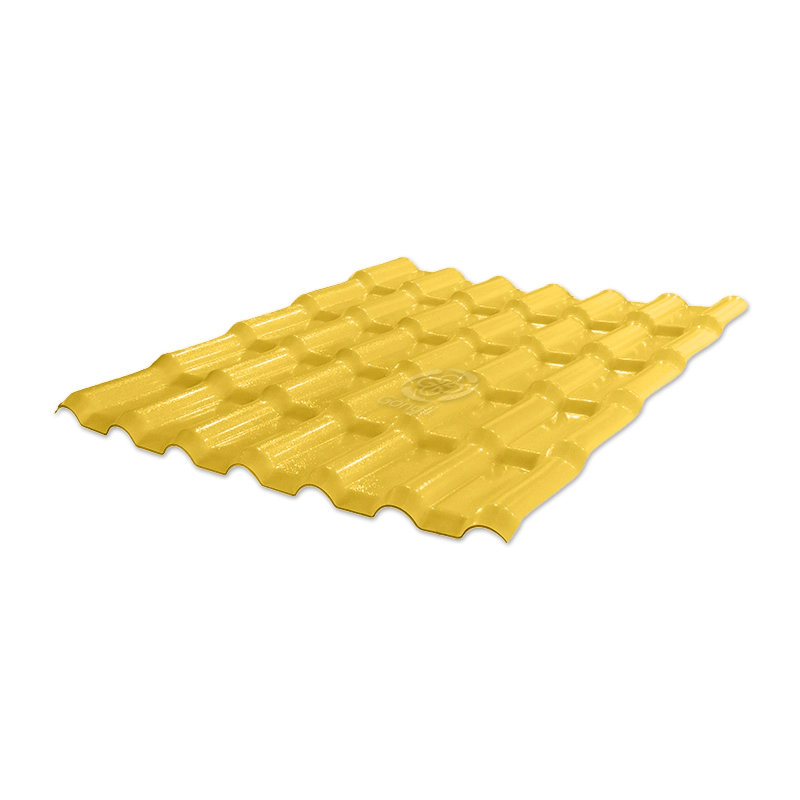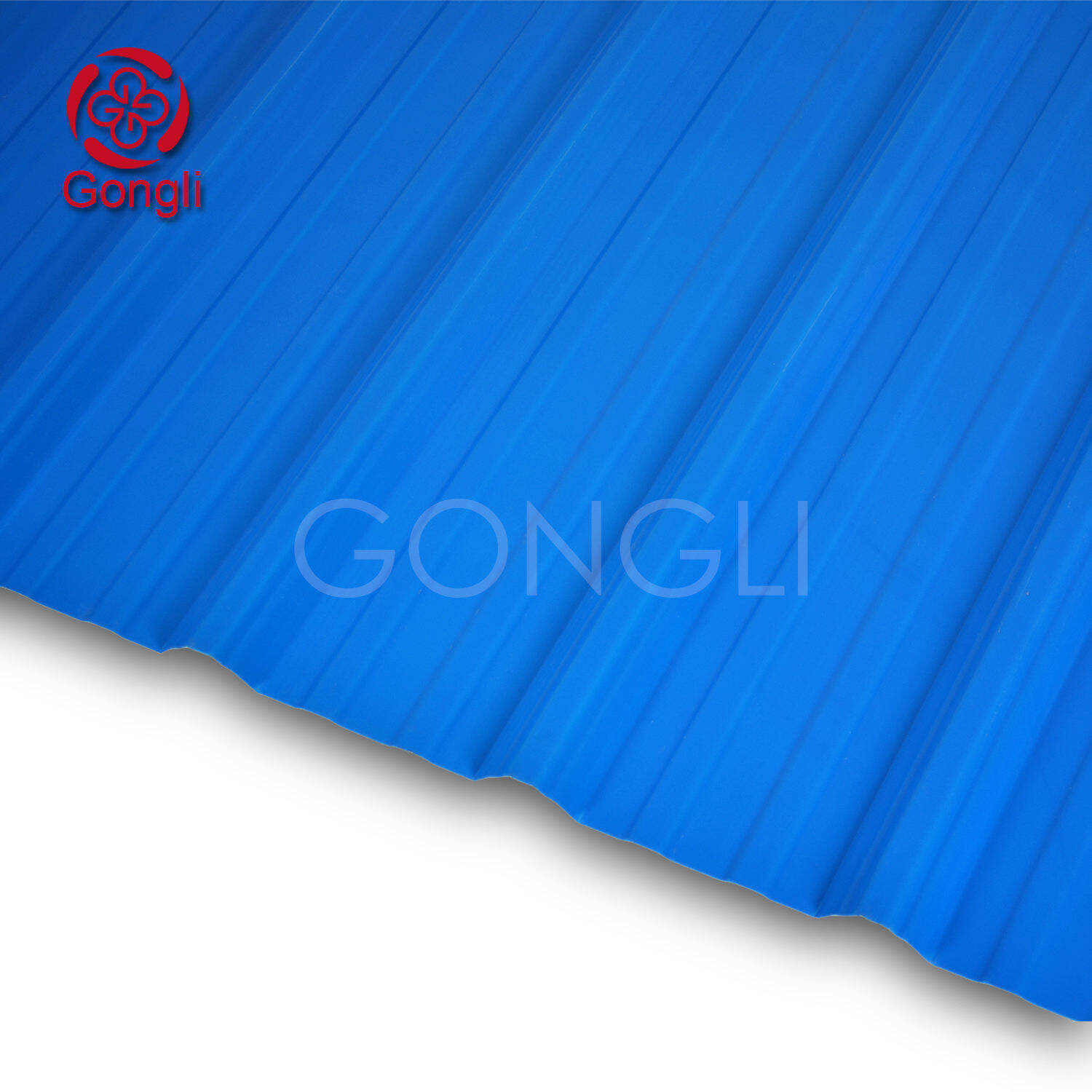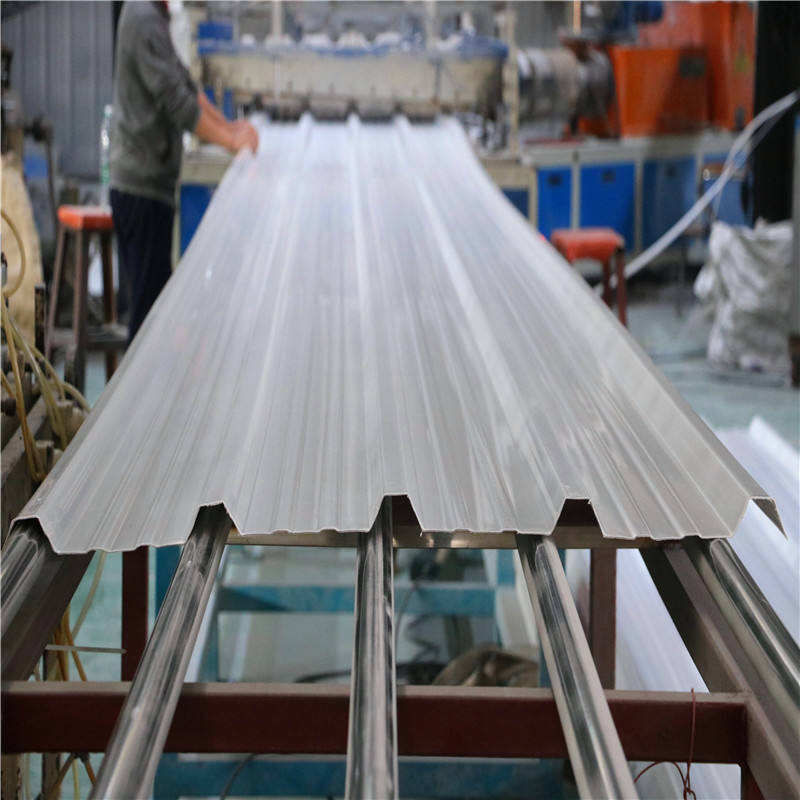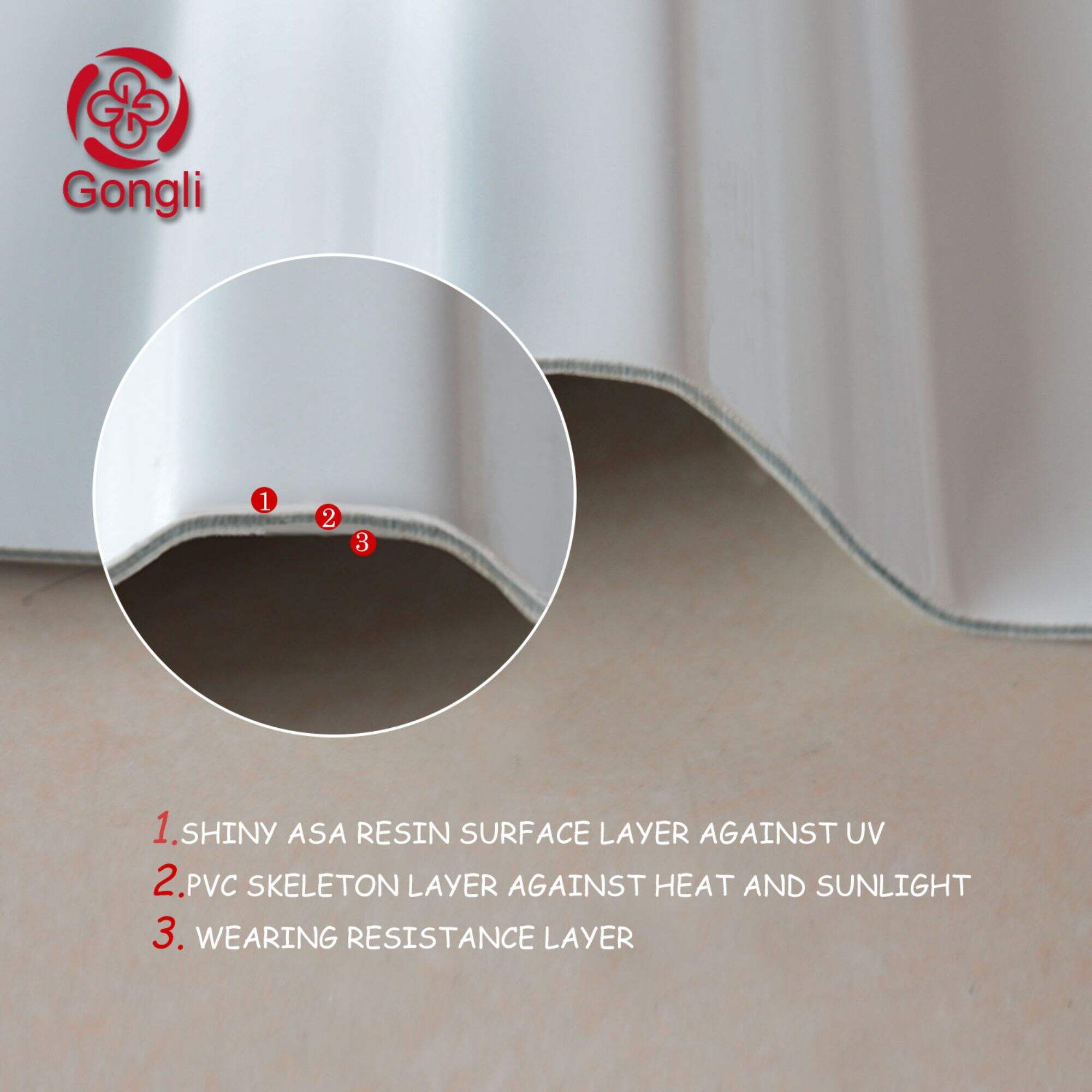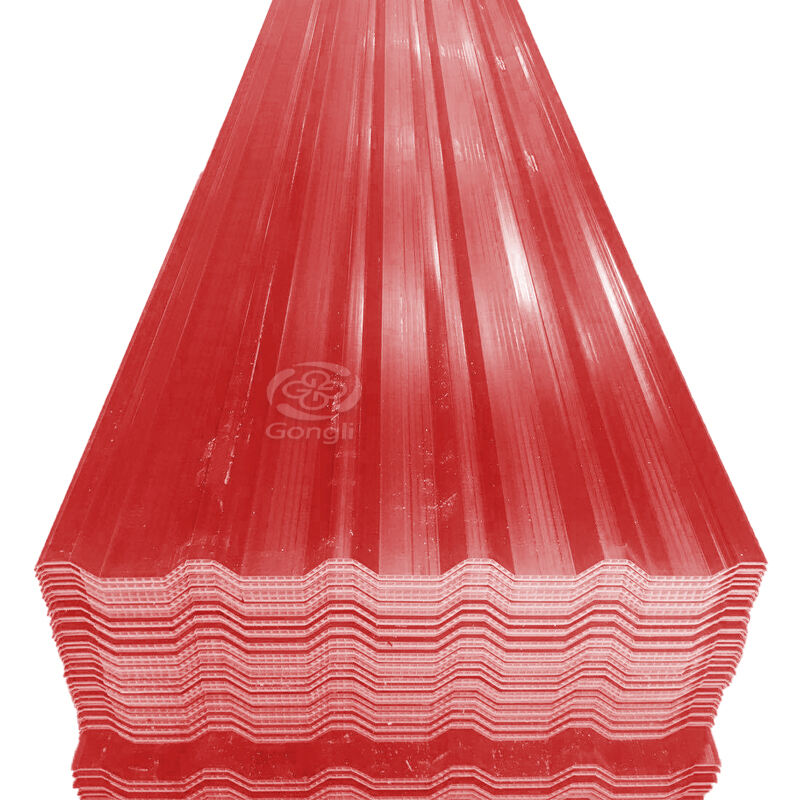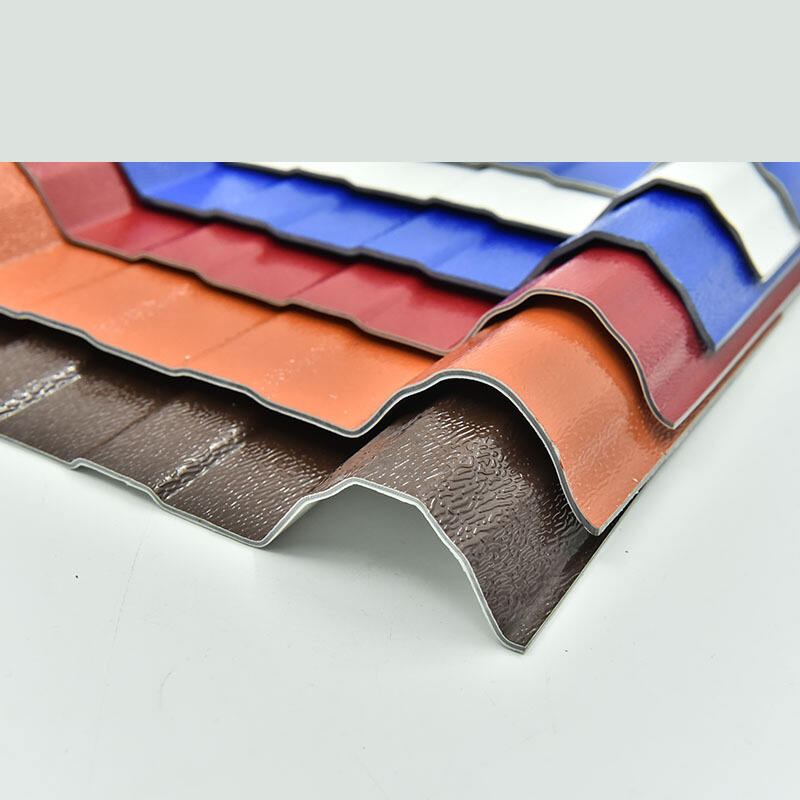The Aesthetic Appeal of Composite Roof Tiles in Contemporary Designs
Composite Roof Tiles: Redefining Modern Architectural Aesthetics
The Growing Demand for Weather-Resistant Roofing Solutions
The impacts of climate change are increasingly evident, leading to a surge in demand for weather-resistant roofing solutions. As extreme weather events become more frequent, homeowners and businesses are seeking roofing materials that can withstand harsh conditions without compromising aesthetic appeal. According to industry reports, the market for weather-resistant roofing materials is expected to grow significantly, driven by the necessity for durable options that handle severe weather. Property owners are now prioritizing roofs that offer not just protection and longevity but also maintain an attractive appearance throughout their lifespan. Utilizing materials like composite roof tiles fulfills this demand by offering a harmonious blend of durability and visual aesthetics.
How Composite Materials Enhance Contemporary Design Palettes
Composite materials are at the forefront of revolutionizing modern roofing designs by offering flexibility and strength. These materials allow architects the creative freedom to execute innovative designs aligned with contemporary trends, such as minimalism and eco-conscious architecture, without sacrificing strength or durability. Successful projects worldwide demonstrate how composite materials contribute to modern aesthetics; for instance, the use of color variations and textures in these tiles enables distinctive architectural compositions. Whether it’s mimicking the appearance of traditional roofing materials or introducing novel designs, composite roof tiles provide a versatile palette that meets the high standards of modern architectural aesthetics.
Key Advantages of ASA Synthetic Resin Roofing Systems
UV-resistant properties for long-lasting color vibrancy
ASA synthetic resin roofs are renowned for their UV resistance, which is crucial for maintaining color vibrancy over time. The chemical structure of ASA (Acrylonitrile Styrene Acrylate) includes molecular bonds that significantly hinder UV degradation. Studies have shown that ASA resin maintains its color up to 40% longer than traditional roofing materials, making it an excellent choice for areas with high sun exposure. This inherent UV resistance means that property owners enjoy long-lasting aesthetics without frequent repainting or replacement, leading to substantial cost savings in the long run.
Impact resistance in extreme weather conditions
The superior impact resistance of ASA roofing systems is a key advantage, particularly in regions prone to extreme weather conditions. Testing methodologies, such as simulated hail and storm impacts, have demonstrated ASA's resilience compared to traditional materials like clay or asphalt. Data reveals that traditional tiles have a failure rate of up to 25% during such events, whereas ASA roofs remain intact under similar conditions. This robustness is critical for protecting structures in hurricane-prone areas, providing peace of mind to homeowners who need reliable protection.
Thermal efficiency compared to traditional clay tiles
ASA synthetic resin stands out for its remarkable thermal efficiency, offering significant energy savings potential. The roofing's thermal properties reflect sunlight, reducing heat absorption and thus lowering indoor temperature. This efficiency translates into lower HVAC costs, as less energy is required to maintain comfortable indoor climates. Experts have noted that this trend towards energy-efficient roofing is gaining momentum, with ASA systems often highlighted for their ability to cut energy consumption. Therefore, choosing ASA not only contributes to a more comfortable living environment but also aligns with eco-conscious design strategies.
Design Versatility with Composite Roofing Solutions
Spanish-style profiles meeting modern architectural trends
Composite roofing solutions are remarkable for their ability to replicate the iconic aesthetics of traditional Spanish-style tiles while seamlessly aligning with modern architectural preferences that blend nostalgia with contemporary elegance. By mimicking the intricate textures and rich colors typical of Spanish roofing materials, composite tiles offer homeowners the opportunity to maintain a classic roof design without the inherent weight or cost of traditional options. Transitioning into modern architectural trends, the fusion of Spanish-style with innovative roofing techniques can elevate a property’s aesthetic appeal significantly. We can appreciate this design versatility by contrasting visuals of composite roofing against traditional Spanish tiles, where the composite material showcases enhanced durability and a lighter weight, making them a preferred choice for homeowners who cherish historical aesthetics but demand modern practicality.
Custom color options for seamless exterior integration
The customization possibilities of composite tiles extend beyond shape and texture, offering a vast array of custom color options that facilitate seamless integration with local architectural styles. In my experience, homeowners relish the ability to personalize their roof colors to harmonize with their homes' exteriors, enhancing the overall curb appeal. Case studies from various regions demonstrate how this flexibility allows for successful color integration across diverse architectural landscapes—from the sun-drenched hues of a Spanish villa to the muted tones seen in contemporary urban settings. Additionally, the psychological effects of color play a significant role in design; per color theory, specific shades can evoke feelings of warmth or tranquility, or complement the rest of the home. This adaptability ensures that composite roofing aligns not just with structural needs but also with the homeowner’s taste and the psychological ambiance they desire.
Low-slope applications expanding design possibilities
One of the standout benefits of composite materials is their adaptability for low-slope roofing applications, an area often fraught with challenges when using traditional roofing materials. Composite roofing excels in these scenarios, offering solutions that conform to the subtle angles and smooth surfaces characteristic of low-slope designs. This capability of low-slope roofing opens design possibilities, allowing architects to experiment with contemporary styles that could otherwise be impractical. Furthermore, local building codes and regulations often dictate specific requirements for low-slope roofing installations; composite solutions can help navigate these standards with ease. Vivid case studies of successful commercial buildings illustrate how low-slope composite roofing effectively accommodates large surface areas while maintaining robust protection against environmental elements, proving their worth in the commercial and residential sectors alike.
Composite vs Traditional: Performance Comparison
Weight Advantages Over Stone-Coated Metal Alternatives
Composite roofing materials offer significant weight advantages compared to stone-coated metal alternatives. Their reduced weight leads to lower structural load requirements, making them ideal for buildings that need to minimize stress on supporting structures. Builders have noted that the difference in handling and installation work can be profound, easing the workload and reducing the need for heavy-duty equipment. For instance, composite roofing materials generally weigh about half as much as stone-coated options, allowing for more adaptable design choices without sacrificing durability. The testimonials from experts affirm that this lighter alternative indeed simplifies the roofing process, making it easier to achieve intricate designs like those found in Spanish-style or flat configurations.
Maintenance Requirements Versus Cedar Shake Roofs
The maintenance requirements for composite roofing are significantly less demanding than those for cedar shake roofs. Cedar shake roofs require regular treatment to prevent decay and damage from insects, leading to potentially high upkeep costs over their lifetime. Industry reports indicate that the average maintenance costs for cedar roofs can reach thousands of dollars annually, depending on the climate and the extent of repair needed each year. In contrast, composite roofs are largely immune to these issues, necessitating far less frequent maintenance while remaining resilient to weather extremes similar to cedar. Experts recommend routine inspections every few years to ensure the longevity of composite roofs, minimizing overall maintenance efforts and ensuring sustained performance.
Lifespan Analysis Against Conventional Asphalt Shingles
When examining the lifespan of composite tiles compared to conventional asphalt shingles, composite roofing stands out for its durability and long-term value. Composite roofs can last between 30 to 50 years, depending on product specifications and maintenance practices, whereas asphalt shingles often need replacement every 20 years. Market data reveals that although composite roofs may have a higher initial purchase price, the extended lifespan translates into lower overall costs for homeowners in the long run. Roofing experts consistently emphasize the importance of warranties, with composite roof options typically offering more comprehensive coverage against environmental and structural wear. This longevity and reliability make composite roofing an advantageous investment for homeowners seeking value and performance.
Premium Composite Roof Tile Collections
Roman-Style ASA Tiles: Classic Elegance Enhanced
The Roman-style ASA tiles represent a perfect fusion of classic elegance and modern technology. Historically, Roman tiles have been admired for their distinctive curves and timeless appeal that evoke the grandeur of ancient Roman architecture. Modern advancements in material science have allowed these tiles to not only maintain their aesthetic charm but also offer superior durability and performance. By utilizing ASA synthetic resin, these tiles achieve enhanced weather resistance, UV protection, and thermal insulation. This transformation allows them to withstand the elements better and extend their service life significantly. Projects showcasing these tiles, such as municipal buildings and residential villas, highlight their adaptability and beauty in contemporary architectural design.
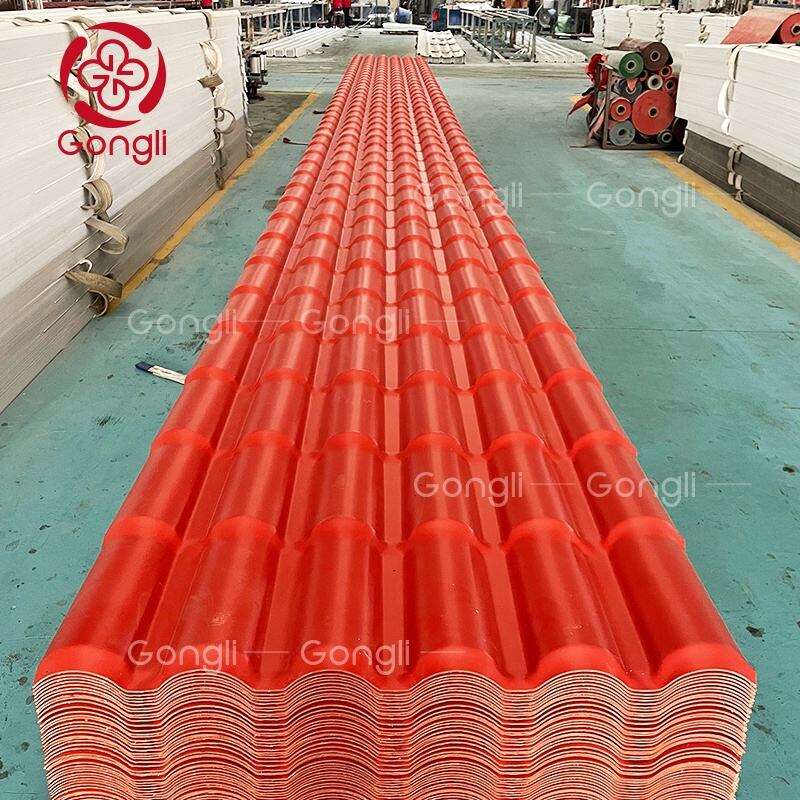
Terracotta Spanish Design with Advanced Insulation
Terracotta has been used in traditional roofing for its natural insulative properties, reducing energy costs and providing a comfortable environment within buildings. Modern composite tiles, like ASA PVC resin tiles, replicate these properties while offering enhanced durability. In historical architecture, terracotta roofs are celebrated for their visual and functional qualities, particularly in Spanish and Mediterranean design. Advancements in composite materials have allowed these qualities to be preserved while improving their energy efficiency. Buildings using these designs experience balanced temperature control, supported by data showing decreased cooling costs, proving their modern viability and sustainability in architectural applications.
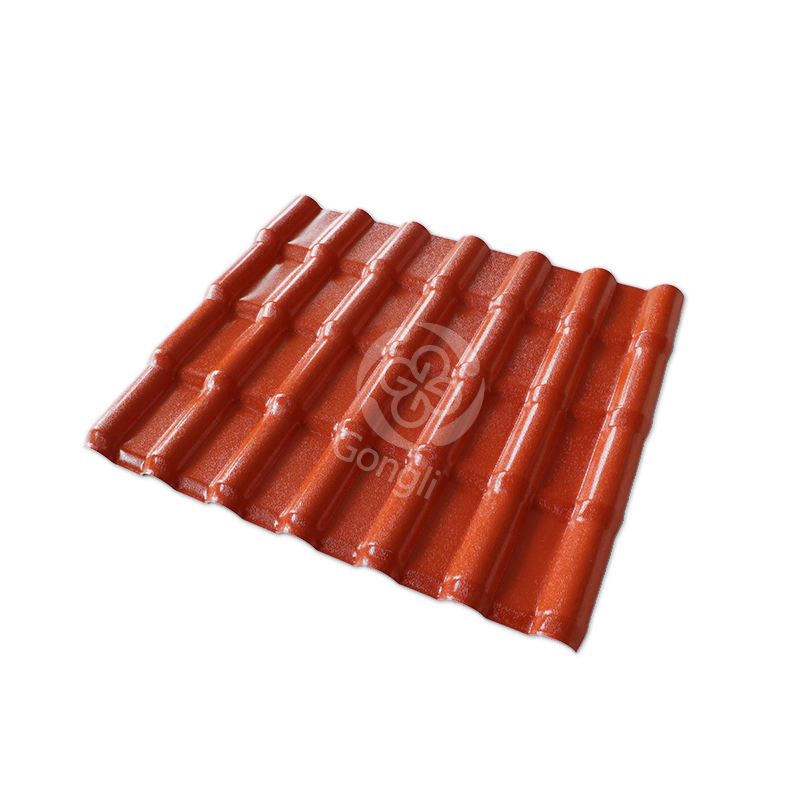
Red Composite Tiles for Bold Architectural Statements
In contemporary architecture, the use of bold colors like red in roofing materials is becoming increasingly popular. Red composite tiles not only make a powerful architectural statement but also offer versatility in design by contrasting sharply with or complementing surrounding structures. Their vibrant presence can enhance the visual dynamics of a building, transforming roofs into focal points that attract attention and define the space. These tiles have been employed in various architectural projects to add an element of daring distinction and creativity, making them a favored choice among modern designers seeking both functionality and aesthetic flair.
.webp)
Recommended Products
Hot News
-
How to choose the right roof tile
2024-01-24
-
PVC Plastic Tiles: The Ideal Roofing Material
2024-01-24
-
The Essentials of Synthetic Resin Tile Manufacturing
2024-01-24

 EN
EN
 AR
AR
 BG
BG
 HR
HR
 CS
CS
 DA
DA
 NL
NL
 FI
FI
 FR
FR
 DE
DE
 EL
EL
 HI
HI
 IT
IT
 JA
JA
 KO
KO
 NO
NO
 PL
PL
 PT
PT
 RO
RO
 RU
RU
 ES
ES
 TL
TL
 IW
IW
 ID
ID
 LT
LT
 VI
VI
 TH
TH
 TR
TR
 AF
AF
 MS
MS
 KM
KM
 LO
LO
 MY
MY

